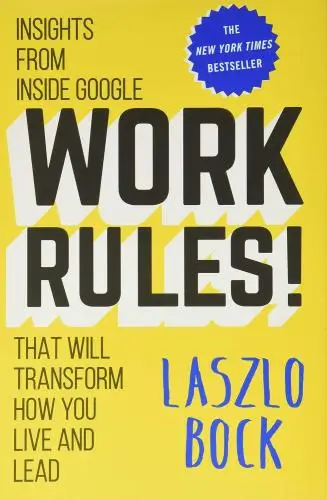Work Rules!
Insights from Inside Google That Will Transform How You Live and Lead
What is Work Rules! about?
Work Rules! dives deep into Google's innovative workplace culture, offering insights on how to attract top talents and ensure they succeed. Bock, a former Senior Vice President of People Operations at Google, shares strategies for hiring, nurturing, and rewarding great employees. This book is a treasure trove of actionable advice for managers and leaders seeking to transform their organizations into dynamic, joyful places that foster creativity and productivity. Work Rules! is your guide to rethinking traditional management practices and unlocking everyone's full potential.
About the Author
Laszlo Bock, the visionary behind Google's revolutionary workplace culture, encapsulates his innovative approach in "Work Rules!" With a blend of warmth, wisdom, and wit, Bock unravels the secrets to Google's success, advocating for data-driven HR practices and a deeply human-centric philosophy. His work is a beacon for organizations aiming to foster environments where creativity and productivity thrive. Bock's narrative is not just instructive but a compelling manifesto on transforming workplaces into realms of unparalleled innovation and fulfillment.
10 Key Ideas of Work Rules!
Give Your Employees More Freedom Than You're Comfortable With
Empowering employees by giving them autonomy over their work and the freedom to make decisions can lead to higher levels of satisfaction, creativity, and productivity. When individuals feel trusted and valued, they are more likely to take ownership of their roles and contribute innovative ideas. This approach fosters a culture of accountability and encourages employees to go beyond their comfort zones, leading to personal growth and organizational success.
Learn DeeperTrust Your Team with More Responsibility: Start by identifying areas of their work where they can have more autonomy. This could be as simple as letting them set their own deadlines or choose the order in which they tackle tasks.
Encourage Decision-Making: Empower your employees to make decisions related to their work without needing approval for every small detail. Provide guidance on the decision-making process and boundaries but allow them the freedom to act within those parameters.
Foster a Feedback Culture: Implement regular feedback sessions where employees can share their thoughts and ideas freely. This not only shows that you value their input but also encourages a culture of continuous improvement and innovation.
Celebrate Initiative and Innovation: When an employee takes initiative or comes up with an innovative solution, celebrate it. This reinforces the behavior you want to see and encourages others to think outside the box.
- Example
A software development company allows its developers to choose which projects they want to work on, based on their interests and expertise. This leads to more passionate and dedicated work.
- Example
A marketing firm implements 'Freedom Fridays' where employees can work on any project they choose, unrelated to their regular tasks. This sparks creativity and often leads to innovative ideas that benefit the company.
Hire Only People Who Are Better Than You In Some Way
The hiring process should focus on bringing in talent that surpasses your own skills in at least one area. This ensures a team that is diverse in expertise and capable of tackling challenges from multiple perspectives. Hiring superior talent contributes to a culture of excellence and continuous improvement, as each member brings unique strengths that elevate the collective capability of the organization.
Learn DeeperRedefine Your Hiring Criteria: Instead of focusing solely on candidates who fit the traditional mold, look for those who excel in areas you or your team may lack. This could mean valuing diverse experiences, unique problem-solving skills, or specialized knowledge.
Implement a Structured Interview Process: Use interviews to deeply explore how candidates have outperformed or brought unique value to their previous roles. Prepare questions that allow them to demonstrate their superiority in certain skills or knowledge areas.
Encourage Team Input: When considering a new hire, involve your team in the process. They can provide valuable perspectives on how a candidate's unique strengths could complement the team's existing skills and drive collective growth.
Invest in Continuous Learning: Foster an environment where learning from each other is encouraged. This not only helps in integrating the unique strengths of new hires but also ensures ongoing personal and professional development for all team members.
- Example
A tech startup focusing on innovative software solutions might hire an individual with a strong background in user experience design, even if most of the team excels in backend development. This person's expertise can elevate the product's usability, setting the company apart from competitors.
- Example
A marketing firm might bring on board a data scientist, even though its core team specializes in creative content and strategy. The data scientist's ability to analyze market trends and measure campaign effectiveness can provide insights that enhance the firm's offerings and strategic decisions.
Pay Unfairly: Reward Exceptional Performance Disproportionately
Adopting a compensation strategy that rewards exceptional performance disproportionately ensures that top performers feel recognized and valued for their contributions. This approach motivates employees to exceed expectations and fosters a high-performance culture. It also helps retain top talent by ensuring that their compensation reflects the value they bring to the organization.
Learn DeeperIdentify Key Performance Indicators (KPIs): Start by defining clear, measurable goals that align with your organization's objectives. This will help you objectively assess who your top performers are.
Implement a Tiered Reward System: Create a compensation structure that has different levels of rewards based on the achievement of specific KPIs. Ensure the rewards at the top tiers are significantly more enticing to motivate exceptional performance.
Regularly Review Performance and Compensation: Make it a practice to review employee performance and compensation regularly. This ensures that your reward system stays relevant and continues to motivate top performers effectively.
Communicate Transparently About Compensation: Be open about how the compensation model works and how employees can move up to receive higher rewards. This transparency motivates employees to aim for exceptional performance.
Offer Non-Monetary Rewards Too: Recognize that motivation can come from non-monetary rewards as well. Offer recognition, opportunities for professional development, and other perks to complement financial rewards.
- Example
A tech company implements a bonus system where developers who contribute code that significantly reduces app loading times receive a substantial bonus, recognizing their direct impact on improving user experience.
- Example
A sales organization introduces a President’s Club, where the top 10% of salespeople, based on annual sales figures, receive an all-expenses-paid vacation. This not only rewards top performers but also creates a healthy competition among the sales team.
Nurture a Transparent Work Environment
Transparency in the workplace builds trust among employees and management. Sharing information about company decisions, successes, and failures makes employees feel included and valued. A transparent culture encourages open communication, fosters collaboration, and enables everyone to contribute to problem-solving and innovation.
Learn DeeperEncourage Open Dialogue: Start by holding regular team meetings where everyone is encouraged to share their thoughts, concerns, and ideas. This could be a weekly check-in or a monthly brainstorming session. The key is to create a safe space where all voices are heard.
Share Company Updates Regularly: Make it a habit to communicate company news, whether it's good or bad, to all employees. This could be through an internal newsletter, email updates, or town hall meetings. Transparency about the company's direction and challenges helps build trust.
Implement a Suggestion Box: Create a physical or digital suggestion box where employees can anonymously submit their ideas for improving the workplace. This encourages participation from those who might be shy to speak up in meetings and shows that you value everyone's input.
Foster a Culture of Feedback: Encourage managers and team leaders to provide regular, constructive feedback to their teams. Similarly, create channels for employees to give feedback to management. This two-way communication loop is essential for continuous improvement and engagement.
- Example
A tech startup implements a monthly 'All Hands' meeting where the CEO shares the latest company achievements, upcoming projects, and any challenges the company is facing. Employees are encouraged to ask questions and provide feedback directly to the leadership team.
- Example
A small business owner starts an internal blog where they write weekly updates about the business, including new client wins, project completions, and lessons learned from failures. Employees are invited to comment on the posts, sparking discussions and idea sharing.
Deeper knowledge. Personal growth. Unlocked.
Unlock this book's key ideas and 100+ more. Learn with quick, impactful summaries.
Read Full SummarySign up and read for free!
Work Rules! Summary: Common Questions
Experience Personalized Book Summaries, Today!
Discover a new way to gain knowledge, and save time.
Sign up for our 7-day trial now.
No Credit Card Needed

Similar Books
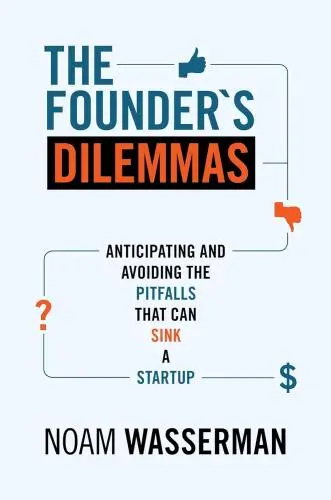
The Founder's Dilemmas
Noam Wasserman
Traction
Gino Wickman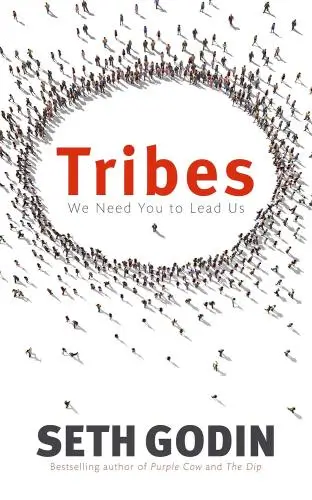
Tribes
Seth Godin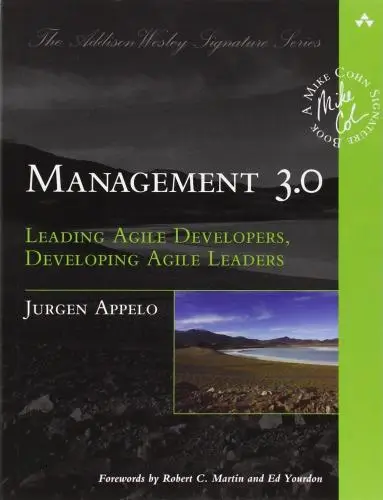
Management 3.0
Jurgen Appelo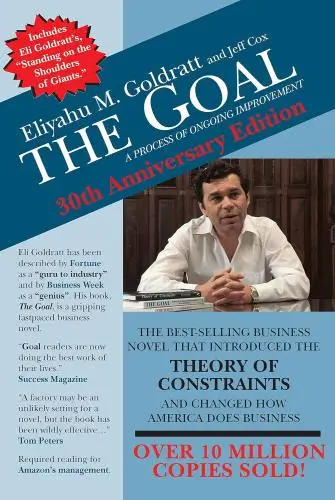
The Goal
Eliyahu M Goldratt
Only the Paranoid Survive
Andrew S. Grove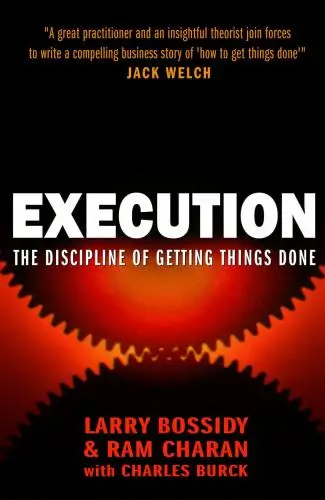
Execution
Larry Bossidy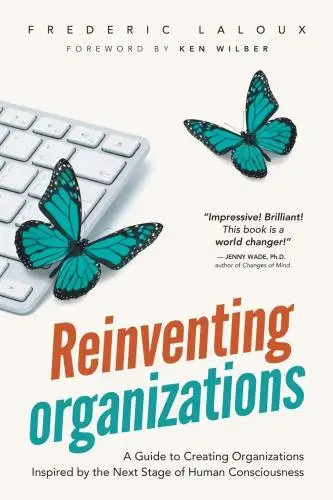
Reinventing Organizations
Frederic Laloux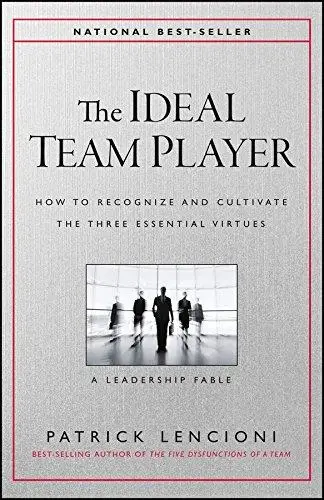
The Ideal Team Player
Patrick M. Lencioni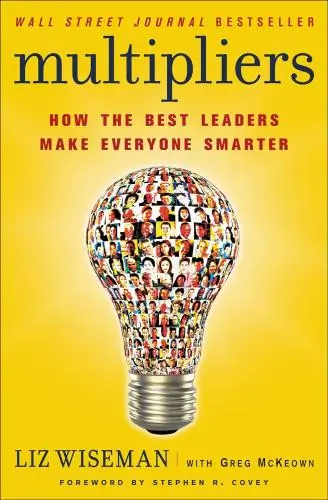
Multipliers
Liz Wiseman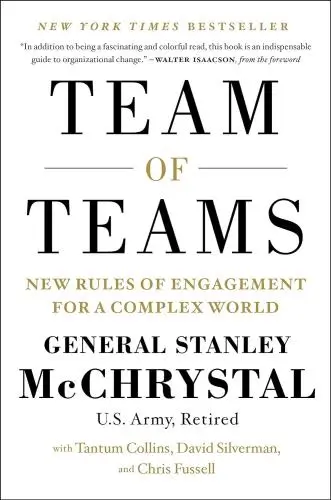
Team of Teams
General Stanley McChrystal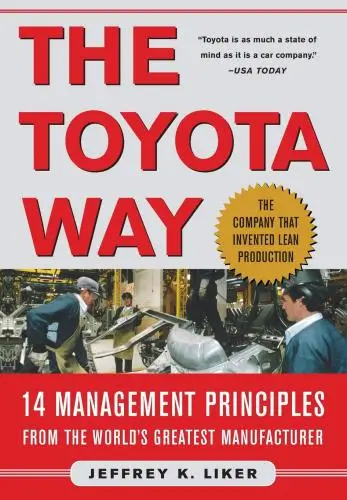
The Toyota Way
Jeffrey LikerTrending Summaries

Peak
Anders Ericsson
Never Split the Difference
Chris Voss
Smart Brevity
Jim VandeHei
The Psychology of Money
Morgan Housel
The First 90 Days
Michael D. Watkins
Atomic Habits
James Clear
Thinking, Fast and Slow
Daniel Kahneman
The Body Keeps the Score
Bessel van der Kolk M.D.
The Power of Regret
Daniel H. Pink
The Compound Effect
Darren Hardy
How to Win Friends & Influence People
Dale Carnegie
Eat That Frog!
Brian Tracy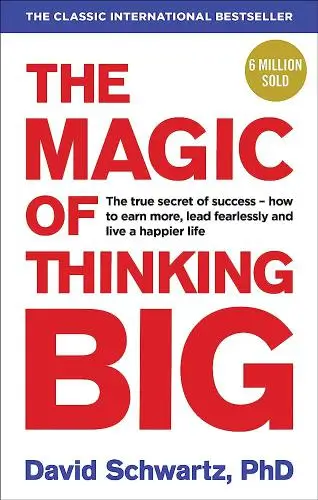
The Magic of Thinking Big
David J. Schwartz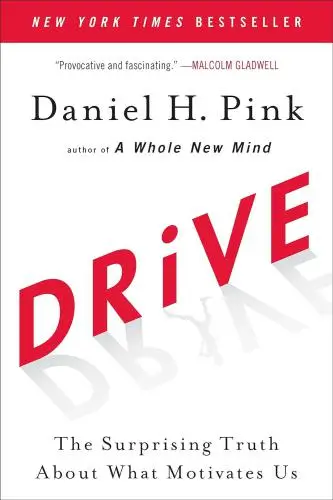
Drive
Daniel H. Pink
Essentialism
Greg McKeownNew Books

The Millionaire Fastlane
MJ DeMarco
Losing My Virginity
Richard Branson
Venture Deals
Brad Feld
48 Days to the Work You Love
Dan Miller
Anything You Want
Derek Sivers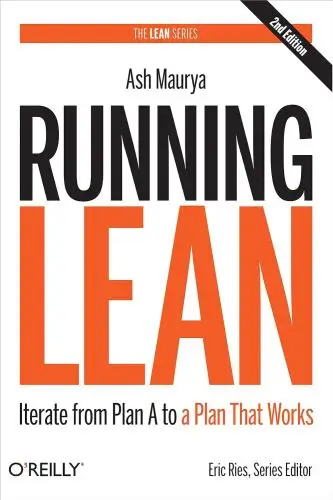
Running Lean
Ash Maurya
Blitzscaling
Reid Hoffman
The Founder's Dilemmas
Noam Wasserman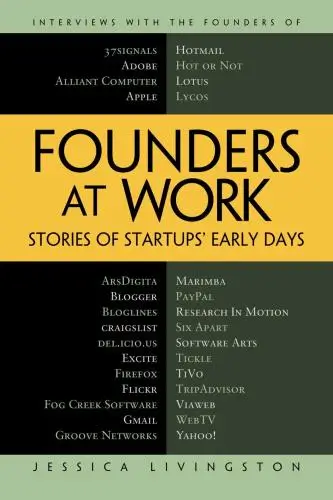
Founders at Work
Jessica Livingston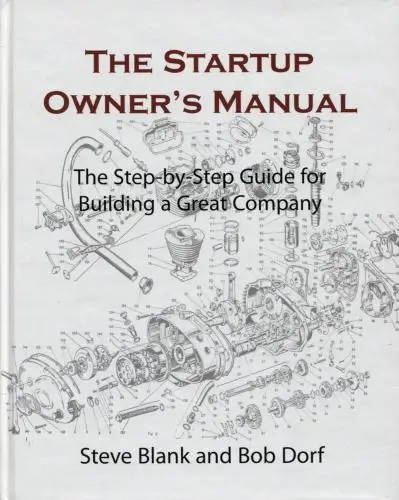
The Startup Owner's Manual
Steve Blank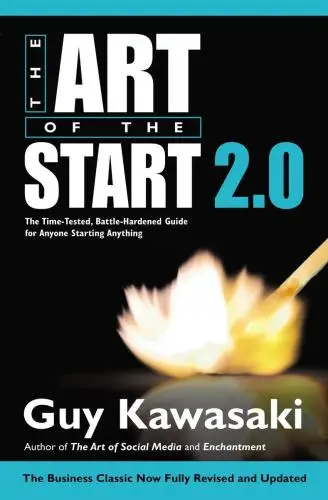
The Art of the Start 2.0
Guy Kawasaki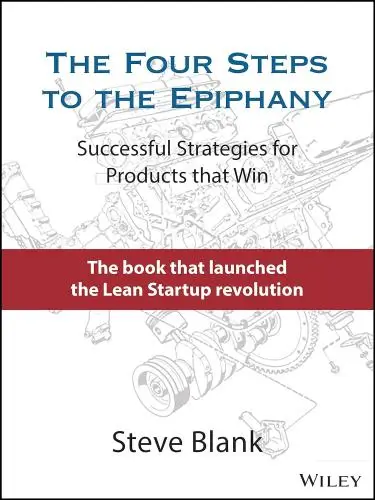
The Four Steps to the Epiphany
Steve Blank
Flash Boys
Michael Lewis
Crush It!
Gary Vaynerchuk
